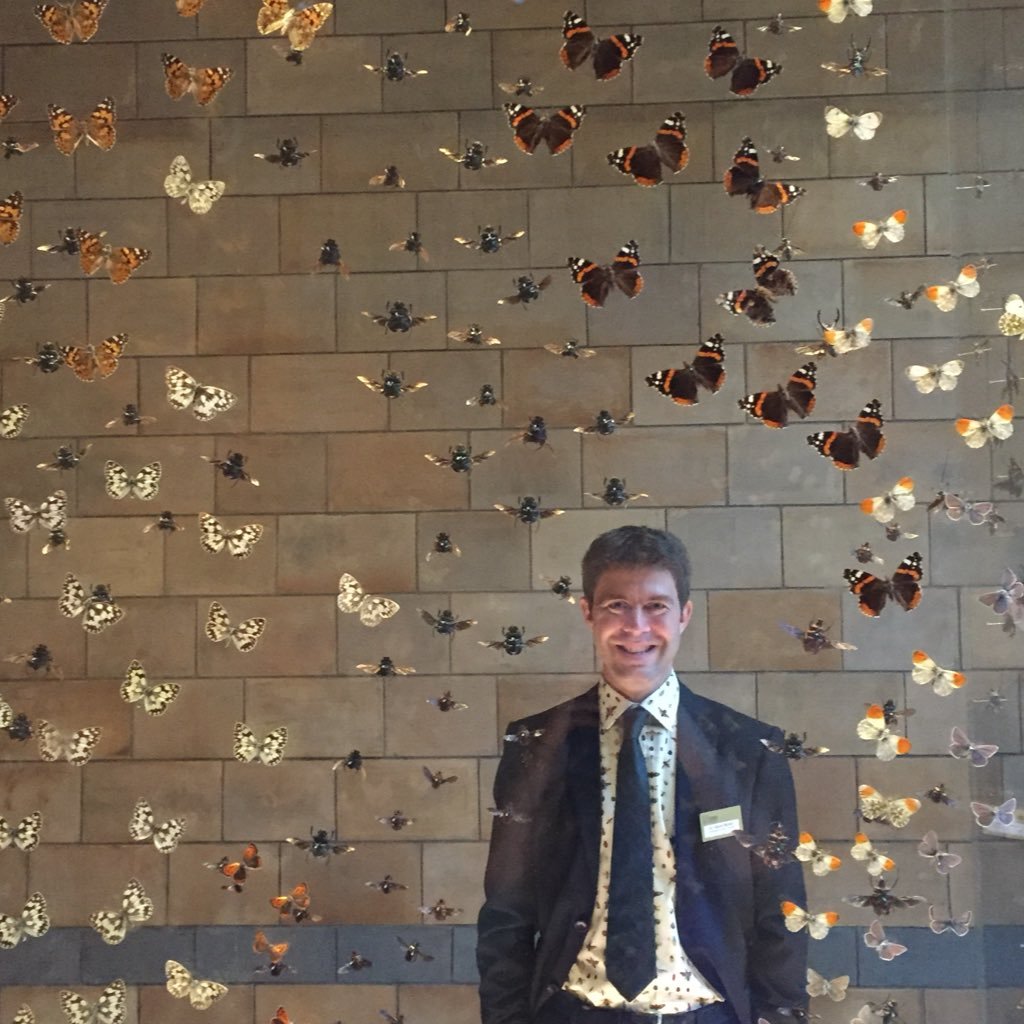Flashback to 2010, when @ilarisaaksjarvi and I introduced this beauty to the world. https://t.co/nM7auTRwmQ https://t.co/cTP1GX0kkO
#InsectOfTheDay no.361. Daktulosphaira vitifoliae, the tiny little bug known as Phylloxera. An insect that changed wine production. Native to North America, they wiped out most European vines in the late 1800s.
#InsectOfTheDay no.357. Santa's reindeer are itching to go. They might also be itching from Solenopotes tarandi, the reindeer louse.
#InsectOfTheDay no.304. Big beautiful ichneumonid wasp, that I described in 2010: Umanella giacometti. Part of ongoing collaboration with @ilarisaaksjarvi documenting tropical ich diversity. Appropriate name chosen by competition to celebrate opening of DC2 @NHM_London!
#InsectOfTheDay no.156. Ampulex compressa, the beautiful jewel wasp that zombifies cockroaches. Biology is amazing, as is venom chemistry. Great video here: https://t.co/ZZW0HvnnAp. @NHM_London Specimen photos for previous Venom exhibition (and cool book by Ronald Jenner...)









